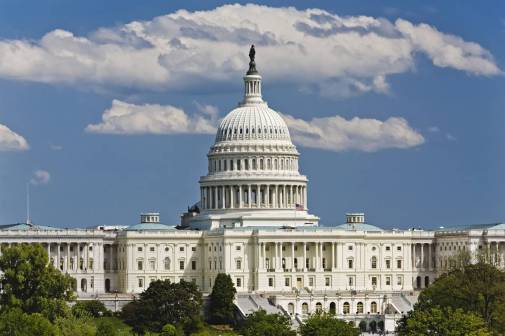Data literacy ‘essential’ for states, says NASCIO’s latest report

The National Association of State Chief Information Officers on Wednesday published a report with tips for state governments seeking to improve their data literacy.
The report — which carries the title “Data Literacy Within State Government: Building a Knowledgeable Workforce That Knows How to Use Data for Better Decisions” — points out that data has grown increasingly important for organizations seeking to use artificial intelligence and generative AI. Yet NASCIO’s annual survey last year found that only 16% of states run formal data literacy programs.
Eric Sweden, program director for NASCIO’s enterprise architecture and governance division, called data literacy an “essential competency.”
“It can enable everyone to fulfill their role in state government better,” Sweden said in a video announcing the report’s release. “What we’re after is solid insights that can inform decision makers. Those insights require quality data and quality data only happens if everyone is at some level of data literacy. And data quality will become even more important as states are pursuing advanced technologies in artificial intelligence and generative AI.”
The new report is based on the recommendations of a panel of state chief data officers who shared what worked best in their organizations to improve data literacy and build a “data culture” within each of their organizations. They also named six key “competencies” for data literacy, which included “understanding the importance of data” and “knowing how to prepare and analyze data.”
Indiana Chief Data Officer Josh Martin, one of the officials surveyed by NASCIO for the report, told StateScoop that understanding the importance of data is one of the most important tasks for states seeking to improve data literacy.
“A lot of people think they don’t have a data job, but really everyone in government has a data job,” Martin said in a phone interview. “Whether it’s putting your time into this time-management system so you can get a paycheck to collecting or transcribing citizen data from paper into a system or using data on the backend to provide better services or in analyzing policy.”
NASCIO’s report says data can be used inside state governments to inform questions ranging as widely as who an agency should hire to how emergency services can most quickly reach the scene of an accident. But using data effectively requires widespread support, the report claims.
“To move the culture in the direction of data literacy, leadership should leverage those employees that already see the intrinsic value of data literacy to reach those employees that aren’t there yet,” the report reads. “Communication, marketing and change management are essential disciplines that must be employed to effectively reach and resonate with other stakeholders.”
NASCIO also points to an “AI blueprint” report it published last December that named data quality as a key consideration for states. The new report includes recommendations from states that have done well with their data work. These include gaining executive support, publishing data literacy policies, establishing data governance and creating a “data steward” network.
Martin said that getting people inside government to consider data in their day-to-day work can be as challenging as any other business culture shift.
“Regardless of if it’s data culture or any of your professional cultures, it just takes time and it can be very difficult to get momentum in that space,” he said. “Sometimes it’s been very hard for people to get access or get into the data, even though there’s been interest in it. One of the things we do at our Management Performance Hub is we keep bringing these folks together through our data governance council for these discussions and talking about common challenges and opportunities. That’s really helped a lot.”
The report recommends listening to everyone, even “naysayers,” whom NASCIO says can illuminate barriers to adoption of new data practices. Martin said that even government’s IT staff are among those who need education on data literacy.
“When they do system implementations, they don’t generally think about secondary purposeful use of data — so, how you store names in name fields, looking at standards, thinking about how you put certain rules around data entry,” he said. “Some simple things that folks just don’t think about because they’re thinking about cybersecurity, operational capacity, making sure that the transaction system can do the transaction, but writing down the business definitions of the fields that are in there hasn’t been important in the past.”






